Kolloquiumsprogramm
Das Kolloquium wird in Zusammenarbeit mit dem Forschungsverbund VINAR und der ZAMG (Zentralanstalt für Meteorologie und Geodynamik) durchgeführt.
Datum: Dienstags von 16:30 bis 18:00 Uhr
Raum: 2B204
Zum Online-Vortrag hier klicken
-
05/10/2021 - Marcus HIRTL: "Developments and applications of WRF-Chem and FLEXPART at the ZAMG"
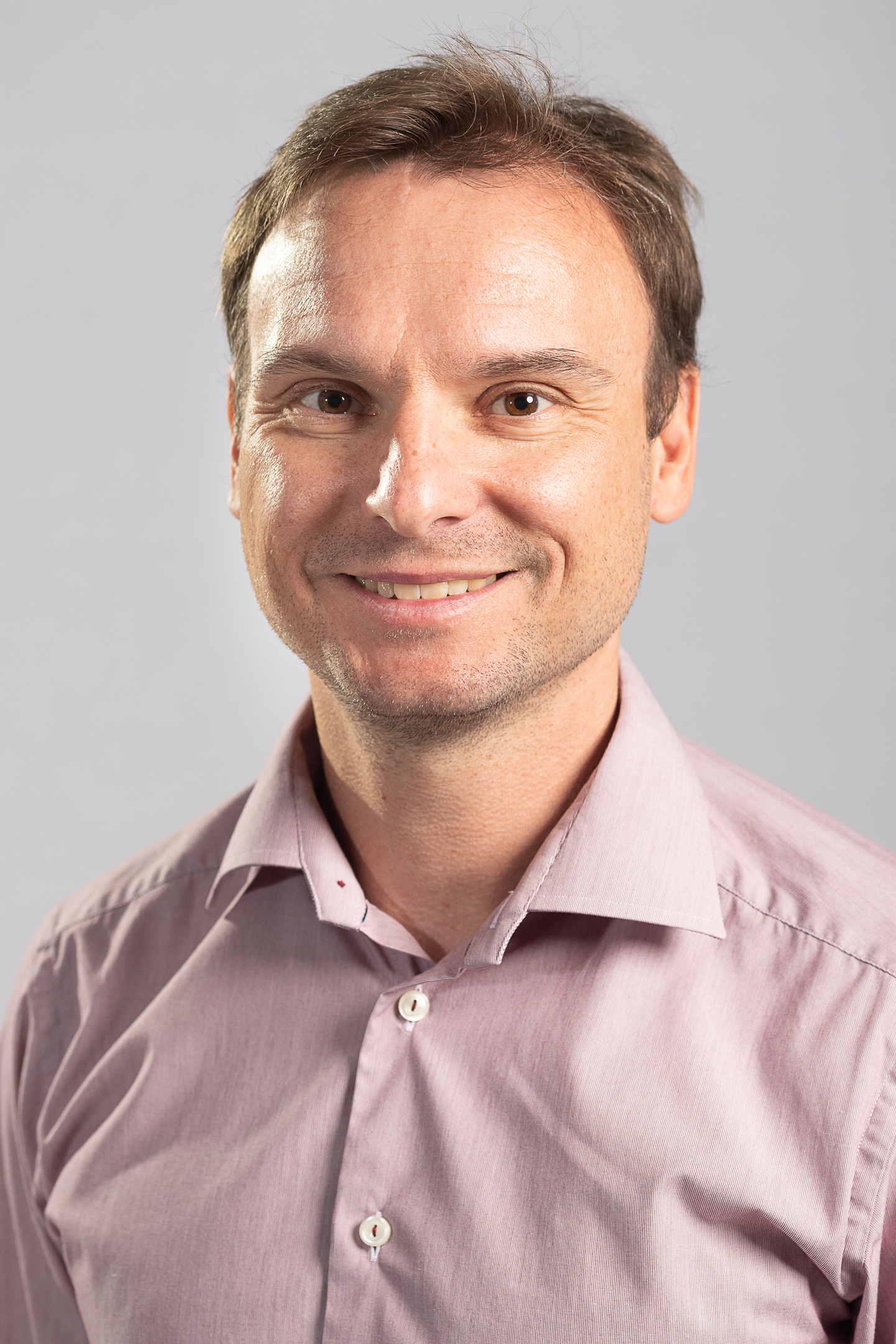
© Hirtl The Section Chemical Weather Forecasts at the ZAMG applies the chemical transport model WRF-Chem and the Langrangian particle model FLEXPART to provide operational services and to conduct environmental assessment studies. The presentation gives an overview about the main applications of the models, selected developments and research projects.
Zum aufgezeichneten Vortrag hier klicken: Passwort: 1^8#2c7c
-
12/10/2021 - Marianne BÜGELMAYER-BLASCHEK: "Tackling climate change in cities – an integrative perspective"

© Bügelmayer-Blaschek (AIT, Austrian Institute of Technology GmbH)
Climate change impacts pose increasing challenges to society as was evident in the summer 2021, which was characterized by extreme drought, flooding, heat waves and wildfires - all within Europe. Thus, the need to adapt to climate impacts as well as to mitigate climate change is gaining weight. To successfully implement adaptation and mitigation measures, three "pillars" are required:
1) (scientific) knowledge,
2) awareness,
3) tools and guidance.
Therefore, we combine participatory processes with behavior, sector specific (e.g. transport) and climate research. The focus of the climate research is on high resolution climate projection, in combination with urban scale models and down to microclimate models, to generate reliable future projections applicable to various user-related topics. They form the base for on the one hand defining necessary adaptation measures (e.g. nature-based solutions) and on the other hand evaluate the impact of the proposed adaptation as well as mitigation measures on the local conditions (e.g. temperature).
Zum aufgezeichneten Vortrag hier klicken: Passwort: $OGzEL%2
-
19/10/2021 - Joan CUXART: "Infrasound as a Detector of Local and Remote Turbulence" NUR ONLINE!

© Cuxart Joan Cuxart, (UIB, Palma de Mallorca)
During a field campaign in the Pannonian plain, infrasound microphones were used. It was found that measurements of turbulence and the integrated infrasound power signal were well correlated. This was also the case when only elevated turbulence was present, showing that an infrasound microphone at the surface can be used as a simple turbulence detector even for cases of turbulence decoupled from the surface.
Zum aufgezeichneten Vortrag hier klicken: Passwort: a%L0%u6y
-
09/11/2021 - Alexander BIHLO: "Deep learning in dynamic meteorology" NUR ONLINE!
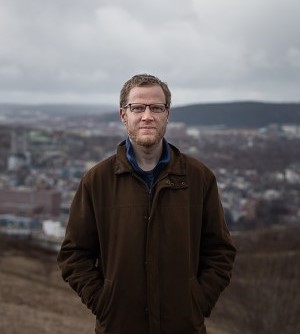
© Bihlo (Memorial University of Newfoundland, St. John's, Canada)
Deep learning has seen an unprecedented rise in popularity over the last 10 years or so. The popularity of deep learning has also readily reached geophysical fluid dynamics and dynamic meteorology, with several groups around the world having successfully used deep neural networks for weather forecasting and weather analysis related tasks. In this talk I will showcase two applications of deep learning for weather prediction. The first one relates to the use of generative adversarial networks for weather forecasting based on reanalysis data. The second one illustrates the use of physics-informed neural networks for solving the shallow-water equations on the rotating sphere.
Zum aufgezeichneten Vortrag hier klicken. Passcode: i@e1I+0!
-
16/11/2021 - Emily POTTER: "Precipitation and temperature trends and extremes in the Peruvian Andes, 1980-2100"
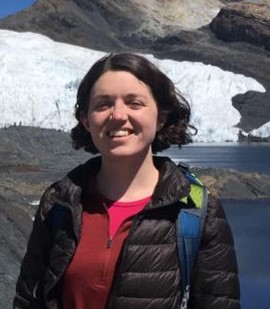
© Potter An ensemble of statistically downscaled global climate models, projected from a bias-corrected regional climate model, shows a growing increase in temperature in the 21st century in the Peruvian Andes. Projections based on the highest projected carbon emissions suggest an increase of 3.6 ˚C and 4.1 ˚C in the Cordillera Blanca and Cordillera Vilcanota-Urubamba regions respectively by the end of the 21st century, while a lower carbon emission scenario would almost half these temperature increases. Whilst precipitation is expected to increase modestly overall, extreme precipitation is projected to increase considerably, with most years from 2062-2100 showing more precipitation on extremely wet days than the maximum year from 1980-2018.
Zum aufgezeichneten Vortrag hier klicken: Passwort: M46k.JL3
-
23/11/2021 - Karoline ALTEN: "Extracting information from vibration signals: What a tram ride can teach us about the rail network"
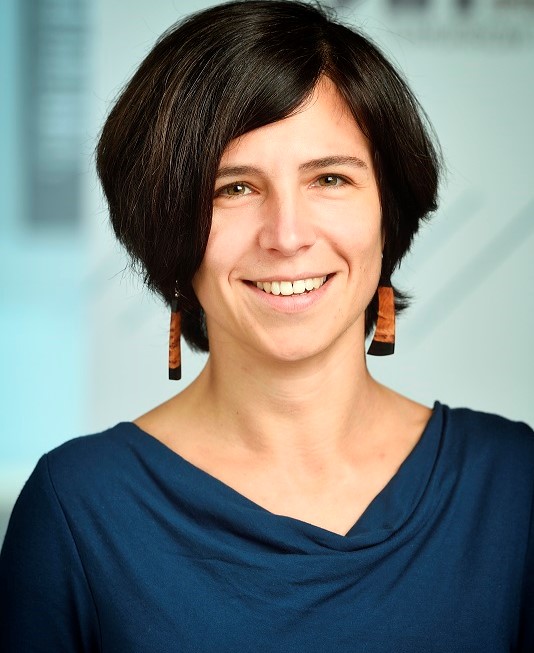
© Alten (AIT, Austrian Institute of Technology GmbH)
Vibration signals are used in various research fields to reveal information about materials and structures that cannot be assessed directly. While Geophysics uses seismic ground motion to learn about soil properties, mechanical engineers use non-destructive testing techniques such as ultrasound to find cracks in components and in recent years, vibro-acoustic techniques have been employed to learn about rolling stock and rail networks. This presentation will give an insight into some of the work currently done to detect railway faults and immission hotpots and to classify them automatically using machine learning approaches.
Some links: https://www.ait.ac.at/en/research-topics/structural-dynamics-and-assessment/projects/strawe
https://www.ait.ac.at/en/research-topics/structural-dynamics-and-assessment/projects/assess
Zum aufgezeichneten Vortrag hier klicken. Passcode: q$^@4fMN
-
30/11/2021 - Clemens WASTL: "Ensemble prediction at ZAMG" NUR ONLINE!
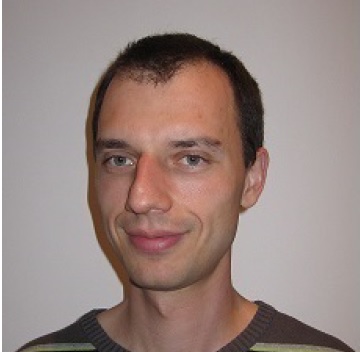
© Wastl The trend in numerical weather prediction (NWP) goes more and more from pure deterministic models to so called ensemble prediction systems (EPSs). EPSs consider uncertainties of different sources (observations, model parametrisations, surface, etc.) and provide a kind of probability information in the numerical weather forecast. In this presentation the C-LAEF (Convection-permitting Limited Area Ensemble Forecasting) system is introduced which has been developed and operationalized at ZAMG in the past years.
Zum aufgezeichneten Vortrag hier klicken. Passcode: 5p7eN1$c
-
14/12/2021 - Stephan HENNE: "High-resolution FLEXPART-COSMO/ICON simulations for inverse modelling of Swiss non-CO2 greenhouse gas emissions" NUR ONLINE!
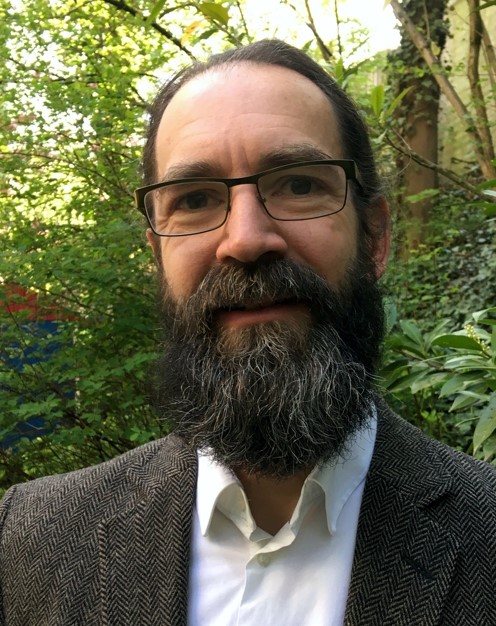
© Henne The Paris Agreement requires signatory countries to regularly report their greenhouse gas emissions in order to check advances on the path to fulfill their emission pledges. Next to the well-established UNFCCC reporting through bottom-up emission inventories, top-down approaches employing atmospheric concentration observations, transport and inverse modelling are gaining importance and can be applied to derive emissions down to the national and sub-national scale. Here, non-CO2 greenhouse gas emissions as obtained by inverse modelling are discussed. A central role in the inverse modelling is taken by the employed atmospheric transport model. Applications of the Lagrangian Particle Dispersion Model FLEXPART-COSMO when run at different horizontal resolutions are presented, including a straight-forward re-tuning of its turbulence representation and application to Swiss halocarbon emissions.
Zum aufgezeichneten Vortrag hier klicken. Password: ?w6kjx1V
-
18/01/2022 - Lukas BRUNNER: "Weighting models by performance and independence: effects on projections of future climate" NUR ONLINE!

© Brunner Lukas Brunner (ETH Zürich und IMGW)
Political decisions, adaptation planning, and impact assessments need reliable estimates of future climate change and related uncertainties. To provide these the spread in multi-model projections (for example from CMIP6) is often translated into probabilistic estimates such as the mean and likely range. However, considering only the raw model distribution has several potential shortcomings. To address these, a model weighting scheme, which accounts for the models' historical performance as well as model interdependence within the multi-model ensemble, is introduced.
It is shown that models known to be structurally similar can be clustered in a "model family tree" based solely on their output fields. Independence weights are then derived for all models based on the degree of dependence between each model pair to correct, for example, for shared components. Model performance compared to observations is investigated based on several metrics and then translated into performance weights.
Applying the combined performance-independence weights to projections of global mean temperature change from CMIP6 leads to reduced warming as well as reduction in uncertainty. Different ways to ensure the quality of the weighting compared to the unweighted case are discussed with a focus on comparing it to a range of other methods. It is shown that there is general agreement between different constraining methods, depending on a range of factors.
Zum aufgezeichneten Vortrag hier klicken. Passcode: 52Vzk=0w
-
25/01/2022 - Yang LU: "Imaging with ambient seismic noise" NUR ONLINE!
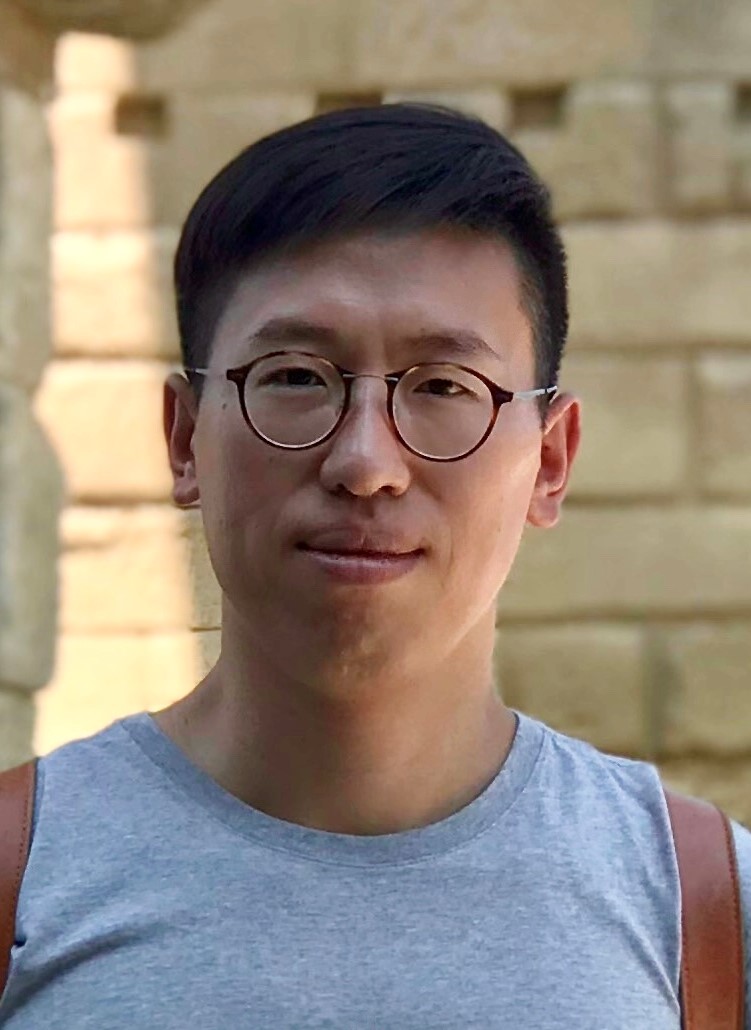
© Lu Yang LU (Institut für Meteorologie und Geophysik, Unversität Wien)
The noise correlation technique saw great developments in seismology in the 2000s. It has been demonstrated experimentally and theoretically that, the impulse response between passive receivers can be reconstructed from the correlation of ambient seismic noise. This has opened up new horizons for seismologists to extract information about Earth's structure without a conventional source. It in particular benefits from the increasing number of available seismic stations and huge quantities of continuous recordings in recent years. This talk will focus on noise correlation based seismic imaging, including an overview of applications at different scales and a discussion of some critical issues affecting the reliability of the technique and the interpretation of the output.
Zum aufgezeichneten Online-Vortrag hier klicken. Passcode: 9*%K4aZV
